
Definition
The nasal septum is what keeps the two nasal canal separated. This septum is made of cartilage and in majority of people it is straight not leaning to either side. However in some people nasal septum leans more to one side causing partial to total obstruction within nasal canal. This obstruction leads to difficulties with breathing which is especially expressed at night. This deviation can be operated and the septum can be straightened. The procedure is therefore called septoplasty.
The Surgical Procedure
Prior the surgery the patient is examinedand all the relevant data about previous and current conditions are to be reported. All the medications that patient regularly uses are reported as well.
Septoplasty is done under general anesthesia. The cartilage is removed flattened with special hammer and then placed back into the nasal cavity. The surgeon will maybe additionally change the nasal bones so that the renewed cartilage fits better. The nasal canals are filled with gauze which needs to stop the bleeding. The gauze is removed the following day.
After the surgery the patient may complaint about the pain in the operated area. Dryness of mouth happens because the patient is forced to breathe through mouth as the nostrils are filled with the gauze and plastic splints. Oral or injected painkillers are administered. At home patient will continue with painkillers and will be additionally prescribes nose drops and steam inhalators. The blowing of the nose has to very careful and moderate without excessive force.
Complications
Swelling and bruising are normal complications of septoplasty. Swelling is the main cause of difficulties with breathing. It takes six weeks for edema to fully withdraw. A patient may complain about numbness of the upper lip. Still even this problem vanishes soon after the surgery.
Additionally one may experience difficulties connected to general anesthesia. It may reflect onto heart and lungs. However these complications are quite rare.
In case of prolonged bleeding nasal packs and splints are left for additional day. If hemorrhage does not stop even the third day the surgeon will remove the old pack and place a new one under local anesthesia. This complication fortunately does not happen very often.
As in other operation one may get infection. The prevention of postoperative infections includes the application of prophylactic antibiotics. The infection presents with runny nose and smelly discharge of yellowish or greenish coloration. Fever and headaches are additional indicators of potential infection.
In minority of patients there are slight changes in facial appearance.


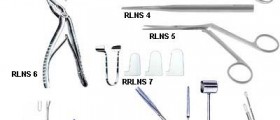
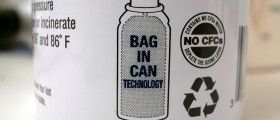
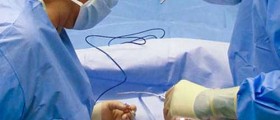








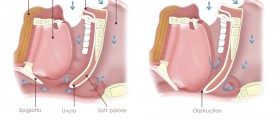

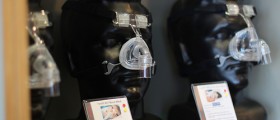

Your thoughts on this
Loading...